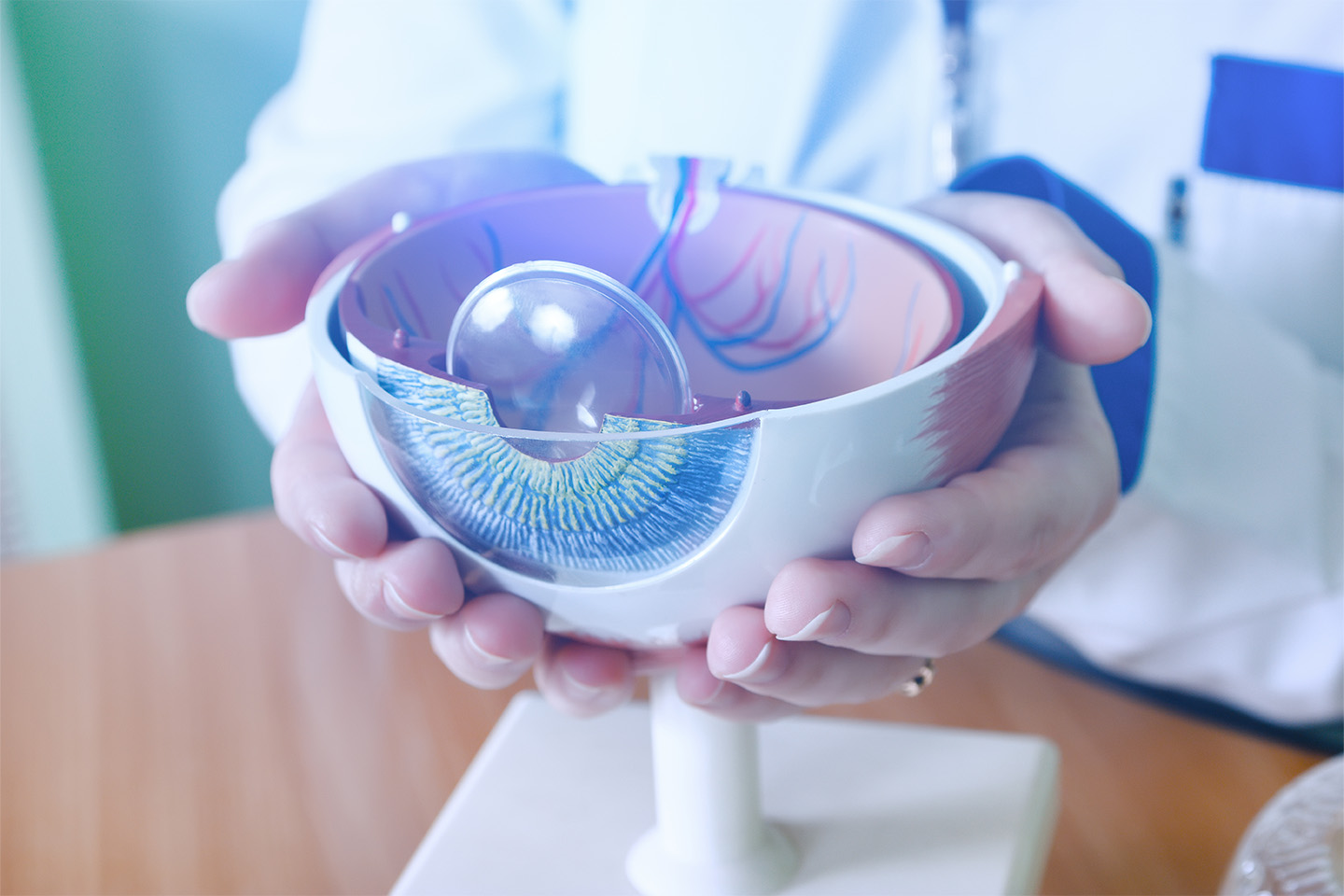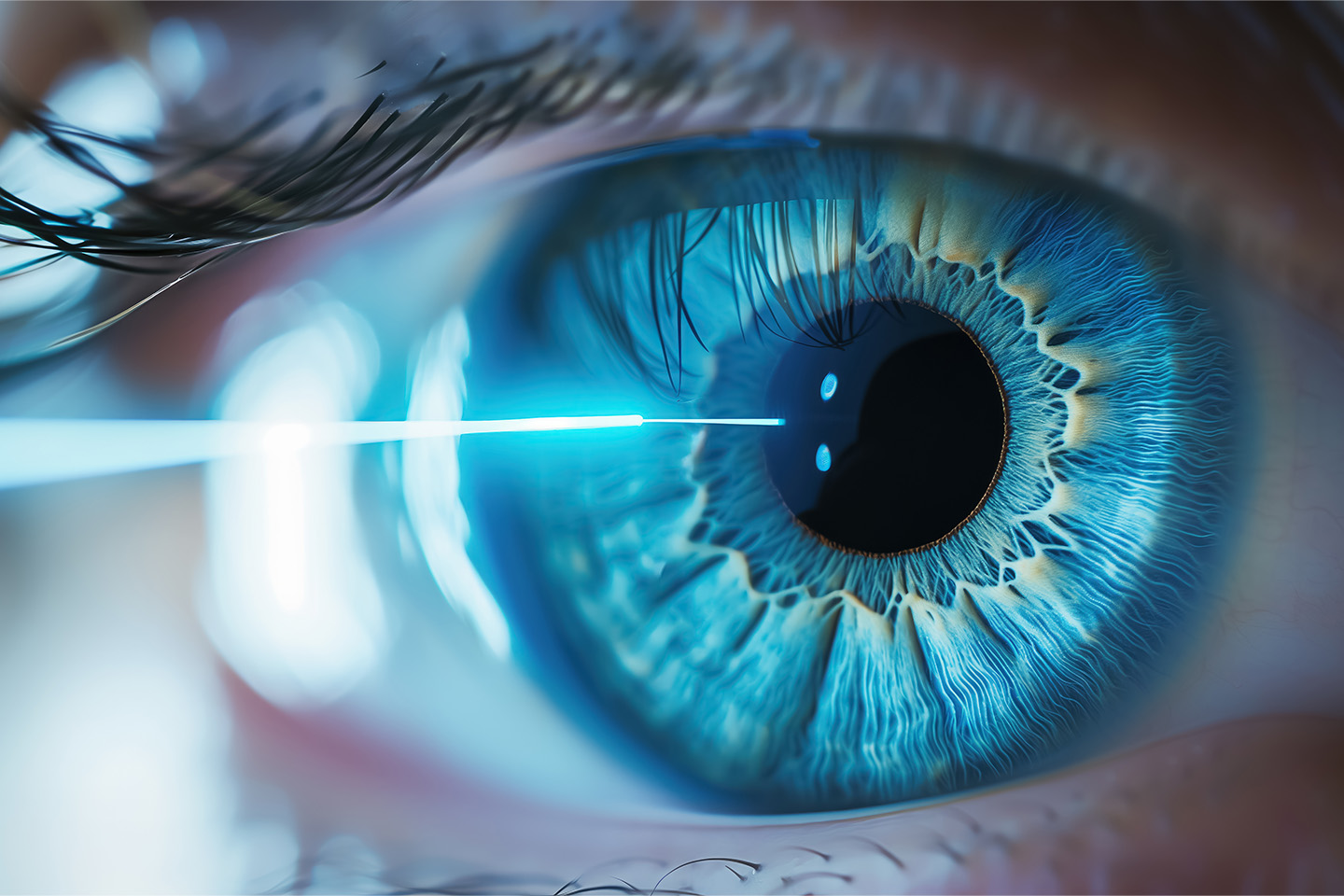What Are the Newest Lens Options for Cataract Surgery in 2024?

Cataracts are a natural part of aging and occur when proteins in the eye’s natural lens begin to break down and cloud the lens. Cataract surgery is one of the most commonly performed procedures worldwide and offers a safe and effective way to restore vision and eye health. A cataract surgeon removes the clouded lens and replaces it with an artificial intraocular lens (IOL). Advancements in technology have expanded the IOL options available, allowing for more personalized and precise visual outcomes tailored to the unique needs of patients. From standard monofocal lenses to premium lenses with refractive technology, here are the various lens options for cataract surgery in 2024.
Types of IOLs for Cataract Surgery
There are many types of lenses to choose from when planning your cataract surgery, each with unique advantages and disadvantages.
Monofocal Lenses
Monofocal lenses are the most widely used type of IOL and have been the standard for decades. They typically cost less than premium lens options and are generally covered by insurance, such as Medicare. Monofocal IOLs offer a single point of focus, meaning they provide clear vision at one set distance — either near or far distances. Patients who choose monofocal lenses may still require eyeglasses for other focusing distances. Some patients may also choose to have a different focal distance for each eye — one near and one far. This is known as monovision. There is often an adjustment period needed to adapt to monovision correction, and it may not be an option for everyone.
Multifocal Lenses
Multifocal IOLs have multiple zones with different focusing powers — similar to the lenses of bifocal or trifocal glasses — to enhance the depth of focus and correct vision problems at near, far, and mid-range distances. This technology aims to reduce or eliminate the need for glasses after cataract surgery, particularly for tasks like reading or driving. It can take time to adjust to multifocal lenses, and you may experience side effects like glare or light halos when driving at night.
Extended Depth of Focus (EDOF) Lenses
EDOF lenses represent one of the most recent advancements in cataract surgery. Like monofocal lenses, they have only one focal zone. However, these lenses create an elongated focal zone to support intermediate and distance vision clarity with a reduced risk of the visual disturbances that sometimes accompany multifocal lenses. However, patients may require reading glasses for very close work or near-vision tasks.
Toric Lenses
Patients with cataracts and astigmatism may be candidates for toric IOLs. These lenses are designed to correct astigmatism, a common condition that causes blurry vision due to an irregularly shaped cornea. While other lenses may require additional surgery or glasses to correct astigmatism, toric lenses address this issue during the cataract surgery. They are available as monofocal and in some premium multifocal or EDOF lenses. Some patients may require slight adjustments post-surgery to optimize vision outcomes or correct potential lens misalignment.
Light-Adjustable Lenses (LAL)
Light-adjustable lenses (LALs) are a newer type of monofocal lens that allows patients to customize and refine their vision outcomes after their cataract surgery. LALs are made from a unique photosensitive material containing molecules called macromers. They can be reshaped and adjusted through a series of ultraviolet (UV) light treatments to optimize vision after the eye has healed from surgery. The UV light activates the macromers, causing them to connect with other macromers to form polymers. Once the customization is to the liking of both the patient and the surgeon, a final UV light treatment is applied to the entire lens to polymerize and “lock in” the remaining macromers. This customization offers a higher degree of accuracy than traditional IOLs but can take several post-surgery visits to complete.
What to Consider When Choosing an IOL
With so many lens options available for cataract surgery, deciding which is right for you can be difficult. Understanding your options and discussing your questions with your cataract surgeon or ophthalmologist is essential. Consider the following factors when choosing the IOLs for your cataract surgery:
- Vision concerns and eye health: Certain eye conditions like astigmatism, glaucoma, or macular degeneration can affect your IOL options. Additionally, if you’re concerned about potential side effects like glare or halos around lights, you may prefer some IOL types more than others.
- Lifestyle and daily activities: Your daily tasks and tolerance for wearing glasses can also impact your choice. If you spend much of your time reading, working on a computer, or driving often at night, you may want a lens option that best supports those activities. If you prefer to avoid glasses altogether, multifocal or EDOF lenses may be better for your desired outcomes.
- Budget and insurance coverage: IOLs can cost more than a thousand dollars per lens, depending on the type. Medicare and other insurances typically only cover standard monofocal lenses, so you may incur out-of-pocket expenses for premium lens options. Multifocal, EDOF, toric, LALs, and accommodative IOLs are all considered premium lenses.
Committed To Supporting Your Vision Goals
At ICON Eyecare, we prioritize your safety, comfort, and outcomes and are proud to offer the latest innovations in cataract eye surgery and advanced IOLs. Our experienced team of Colorado’s cataract experts will help you understand your lens options and choose the best IOL for your lifestyle, budget, and vision goals. Contact us today to request your free cataract surgery consultation.
[DISPLAY_ULTIMATE_SOCIAL_ICONS]







